Nusa Penida
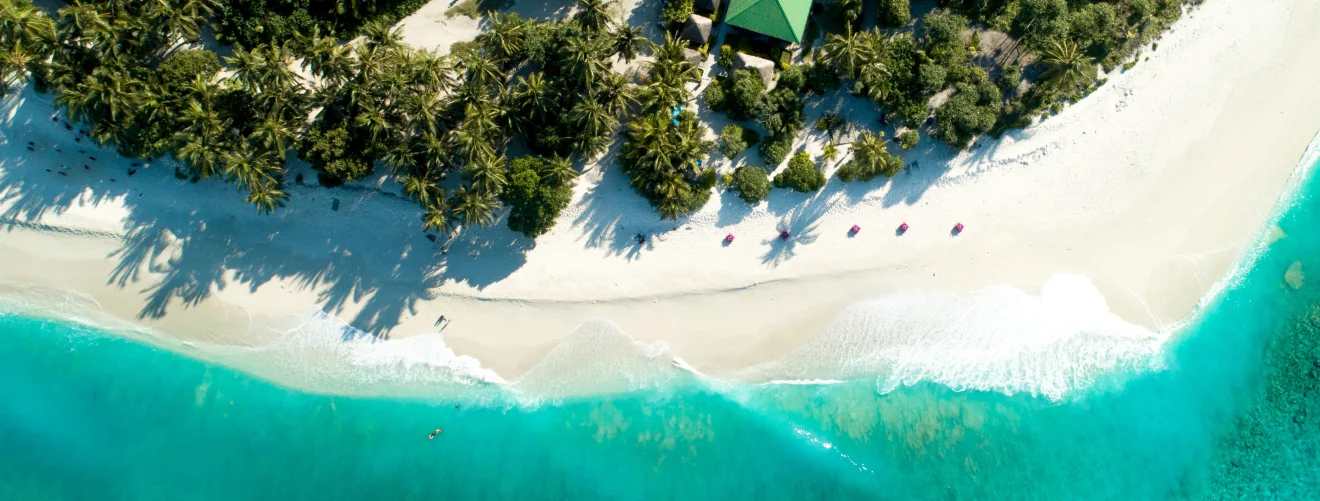
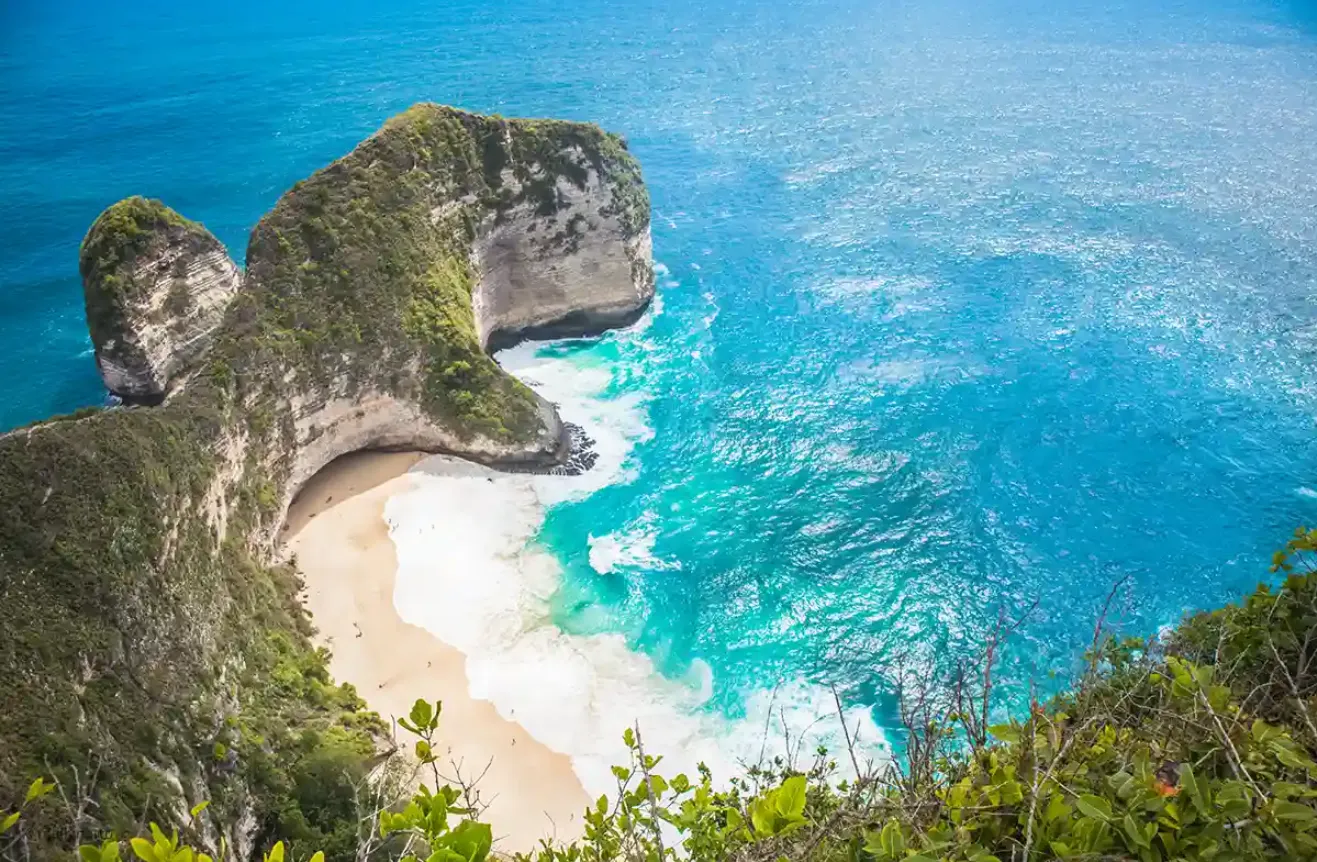
Nusa Penida
Nestled away from the bustling tourist centers of Bali, Nusa Penida remains a sanctuary of untouched natural beauty. With its dramatic cliffs descending into turquoise waters, verdant rolling hills, and seascapes carved by eons of erosion, the island stands as a testament to nature's artistry. The rugged terrains contrast with serene beaches, where the only footprints could be your own, giving visitors a sense of discovering a secret world. The island's remoteness has helped preserve not just its landscapes, but also its rich cultural heritage, providing travelers with a genuine taste of traditional Indonesian culture.
But Nusa Penida is not just about breathtaking views; It's a tapestry woven with intriguing tales from the past. Historically used as a penal colony, its isolation has birthed unique customs and traditions that differentiate it from its more famous neighbor, Bali. Ancient temples and mysterious caves dot the island, each narrating stories of old. The locals, known for their warmth and hospitality, are always eager to share legends from days gone by. Coupled with thrilling activities like snorkeling, diving, and trekking, a journey to Nusa Penida is like stepping into an enchanting storybook where adventure beckons at every turn.
Where Is Nusa Penida?
Nusa Penida, with its serene landscapes and azure waters, sprawls southeast of the world-renowned island of Bali, Indonesia. As the largest member of the trio known as the Nusa Islands, it stands as a testament to the unspoiled beauty of the Indonesian archipelago. While Bali has been a magnet for global tourists for decades, drawing in millions with its unique blend of culture, arts, and beaches, Nusa Penida remains relatively less frequented, preserving its natural charm and tranquility.
Its neighboring isles, Nusa Lembongan and Nusa Ceningan, while smaller in size, are equally captivating in their right. These islands are interconnected by picturesque bridges, creating a haven for adventurers and those yearning for a more secluded tropical experience. Whether You're hopping from one island to the other or simply watching the sunset over the horizon, the Nusa Islands offer a slice of paradise, untouched by the hustle and bustle of mainstream tourism.
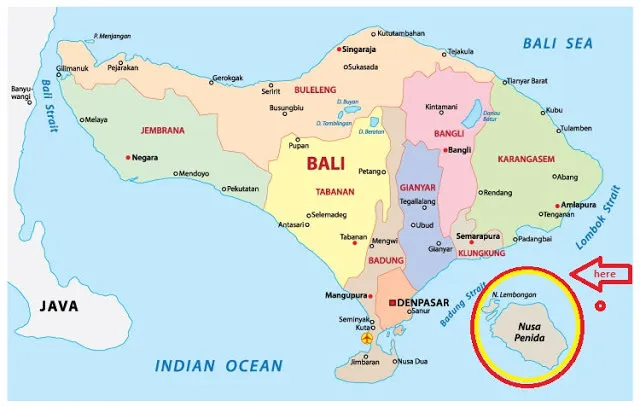

History of Nusa Penida
Historically, when we refer to Nusa Penida as a ?penal colony for the Kingdom of Klungkung,? We're talking about its use as a place of banishment or exile. The Kingdom of Klungkung, once a significant power in the Bali region, utilized Nusa Penida as a location to send individuals who were deemed criminals or were in political disfavor.
The choice of Nusa Penida as an exile destination Wasn't random.
The island's ?rough terrain? means that it has a landscape that can be challenging to navigate, with potentially rocky, uneven grounds, steep cliffs, and limited shelter. Additionally, the mention of ?limited resources? implies that Nusa Penida was not as fertile or abundant as other areas, making survival there more challenging. This combination made the island a natural prison of sorts, as the geographical challenges acted as barriers, discouraging escape and ensuring the isolation of those exiled.
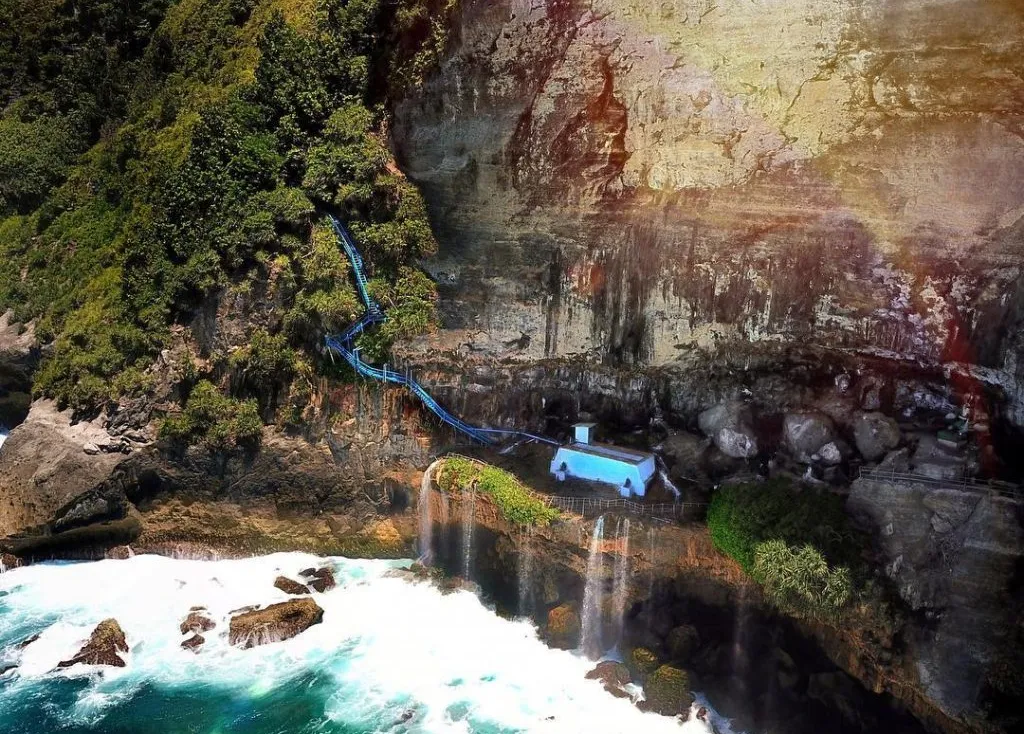
However, the passage of time has a way of reshaping perspectives. While initially a place of banishment, the history of exile and the stories of those who lived on Nusa Penida became intertwined with the island's identity. This intertwining is What's referred to when saying ?its history has woven itself into the fabric of the island's culture.? Instead of solely being a mark of punishment, the island's past became a source of cultural depth. This rich history gave birth to ?traditions and ancient ceremonies.? These traditions could be a mix of original practices from the Kingdom of Klungkung and new ones that developed in response to the island's unique historical role. Such practices could encompass rituals, dances, songs, or other cultural expressions that commemorate, reflect upon, or have been influenced by Nusa Penida's unique past as a penal colony. In summary, Nusa Penida's history as an exile destination, rather than being a point of shame or sadness, has become a foundation upon which much of its current cultural richness is built. The shared memory of exile and the stories from this period have been embraced and integrated into the island's broader cultural narrative, adding depth and texture to its identity.
How to Get to Nusa Penida
Reaching Nusa Penida from Bali is a relatively straightforward process, with several port options available. Here's a detailed explanation:
From Sanur Beach
Sanur Beach, located on the southeast coast of Bali, serves as a primary departure point for many travelers heading to Nusa Penida. Due to its accessibility and popularity:
- Mode of Transport:?The majority of travelers prefer fast boats, given their speed and efficiency.
- Duration:?A typical boat ride takes between 30 to 45 minutes, depending on sea conditions.
- Frequency:?With its rising popularity, numerous boat services have started operating between Sanur Beach and Nusa Penida. These services usually run daily, ensuring flexibility for tourists.
- Booking Advice:?Given the demand, especially during peak tourist seasons, It's advisable to book your boat tickets in advance. This not only ensures availability but can sometimes also fetch you better deals.
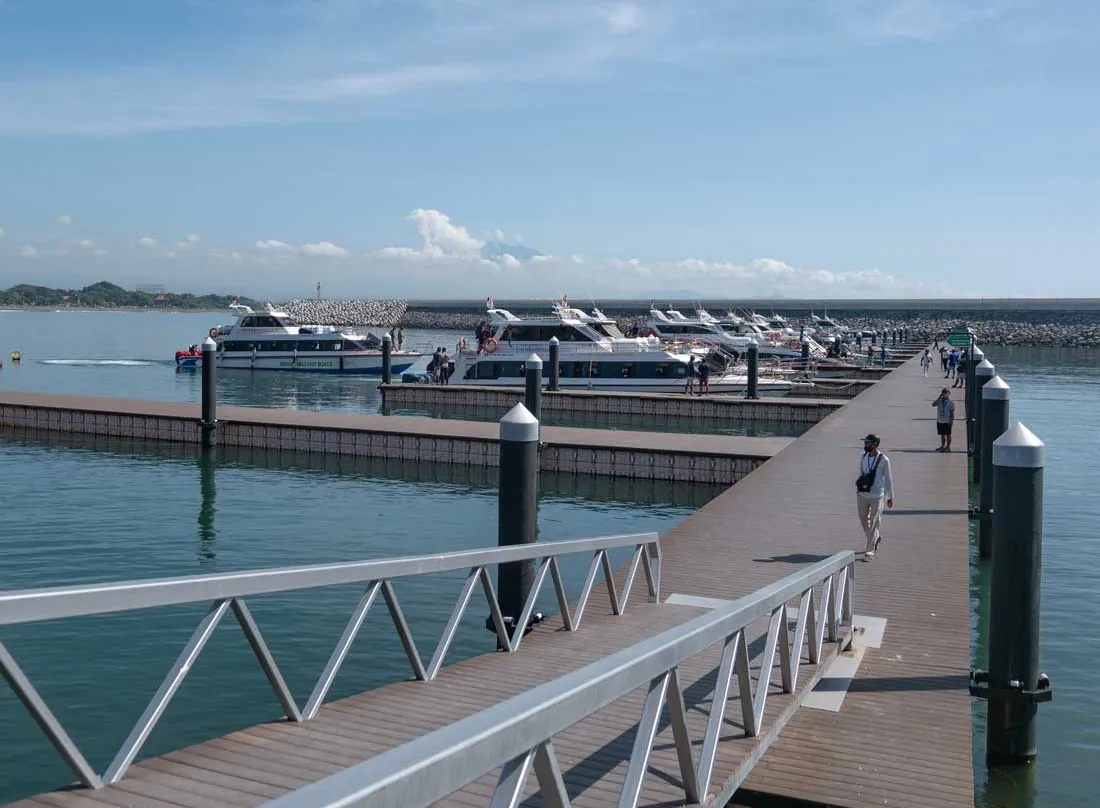
From Tanjung Benoa
Tanjung Benoa, to the north of the Nusa Dua peninsula, provides an alternative to Sanur Beach:
- Duration:?The boat journey from Tanjung Benoa is slightly lengthier, usually around 60 minutes. The increased duration can be attributed to the distance and sea routes

From Padang Bai
Located in the east of Bali, Padang Bai acts as a significant port, especially for those traveling to the eastern islands, including Lombok and the Gili Islands. It's also a popular point for reaching Nusa Penida:
- Boat Options:?Travelers have a choice between speed boats, which are faster yet pricier, and traditional ferries. The latter might offer a more scenic and relaxed journey, albeit at a slower pace.
- Duration:?Irrespective of your boat choice, the average journey time remains around 45 minutes.

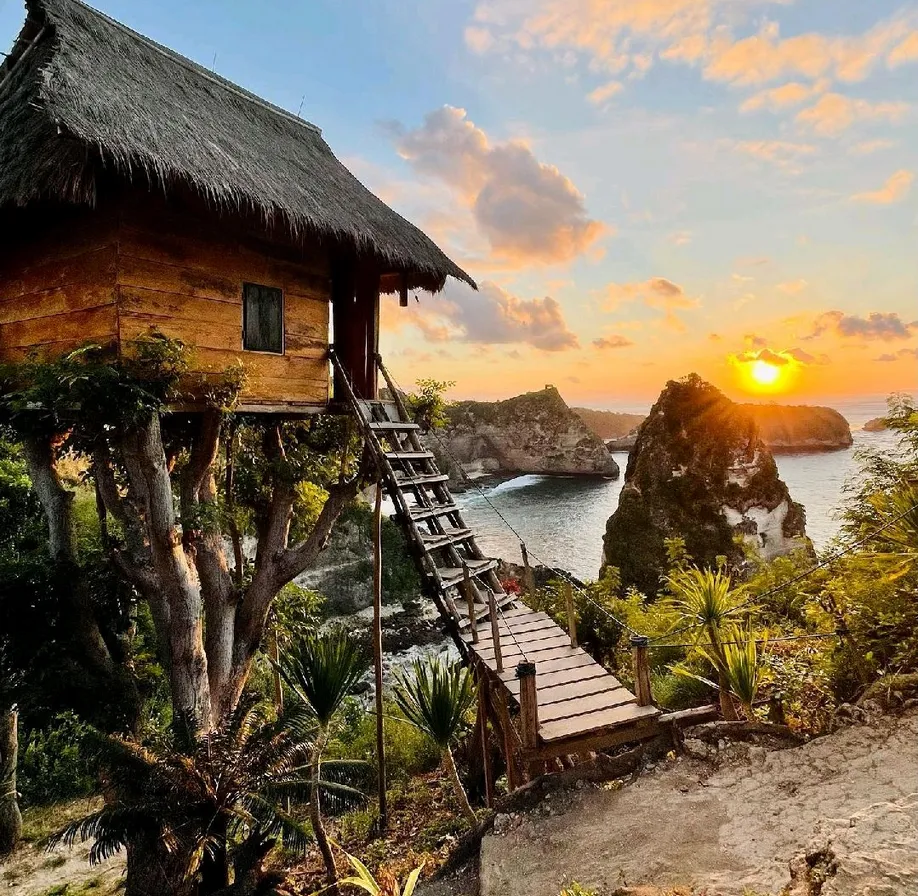
Nusa Penida Accommodations
As Nusa Penida's allure as a tourist destination has grown, so has its infrastructure to accommodate visitors:
- Tourism Boom: Over recent years, There's been a noticeable increase in the number of tourists flocking to Nusa Penida. This surge is mainly due to the island's pristine beauty, unique attractions, and relative proximity to Bali.
- Accommodation Options: Catering to this influx, the island has expanded its range of accommodations. Luxurious resorts offer top-notch amenities and breathtaking views, often at a premium price. On the other hand, for budget travelers or those seeking a more authentic experience, numerous homestays have sprung up. These are often run by local families and provide a more intimate insight into the island's culture and way of life.
- Diverse Needs: Recognizing that every traveler is unique, Nusa Penida ensures There's something for everyone - whether You're a backpacker, a family on vacation, a honeymooning couple, or a group of friends seeking adventure.
Popular Spots in Nusa Penida
Lorem ipsum dolor sit amet consectetur. In rutrum consequat aliquam duis. Nisi molestie.
Kelingking Beach
Kelingking Beach is renowned not just for its sparkling waters and pristine shores, but also for the distinctive landform that has made it one of the most photographed locations on the island. Dominating the vista is a cliffside that astonishingly mimics the shape of a T-Rex head. This unique topographical feature, juxtaposed with the azure waters of the ocean and the untouched white sand below, creates a visually captivating contrast.
This dramatic landscape is not only a treat for the eyes but also beckons adventure enthusiasts and photographers from around the globe, solidifying its reputation as an absolute must-visit
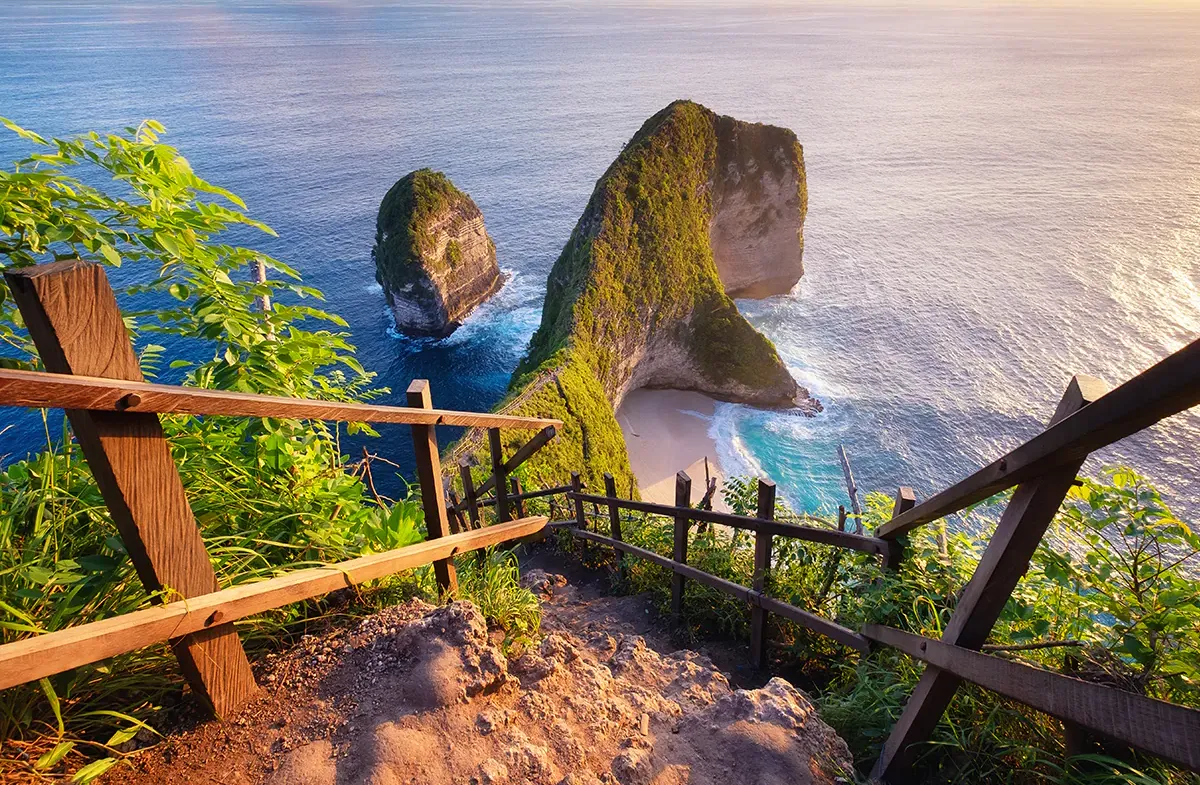
Diamond Beach
Diamond Beach owes its name to its unmatched natural beauty. This stretch of coast is adorned with unique limestone formations that gleam under the sun, reminiscent of sparkling diamonds. One of the standout features here is a naturally formed stairway, meticulously carved into the cliff's side.
This robust staircase doubles as a lookout for sweeping vistas and a route to the beach. Once at the shoreline, guests can experience the pristine allure of Diamond Beach, highlighted by its clear waters and the mesmerizing cadence of waves meeting the coast.

Angel's Billabong
Among the many natural wonders on Nusa Penida, Angel's Billabong stands out with its serene allure. It's a natural pool formed amidst rocks, giving an impression of an infinity pool that seamlessly merges with the ocean beyond. Its crystal-clear waters offer a window into the marine life beneath.
The best time to visit is during low tide, when the water is calm and visitors can indulge in a tranquil dip. The shimmering pool against the backdrop of the vast ocean presents a scenic view that can leave anyone in awe of nature's artistry.
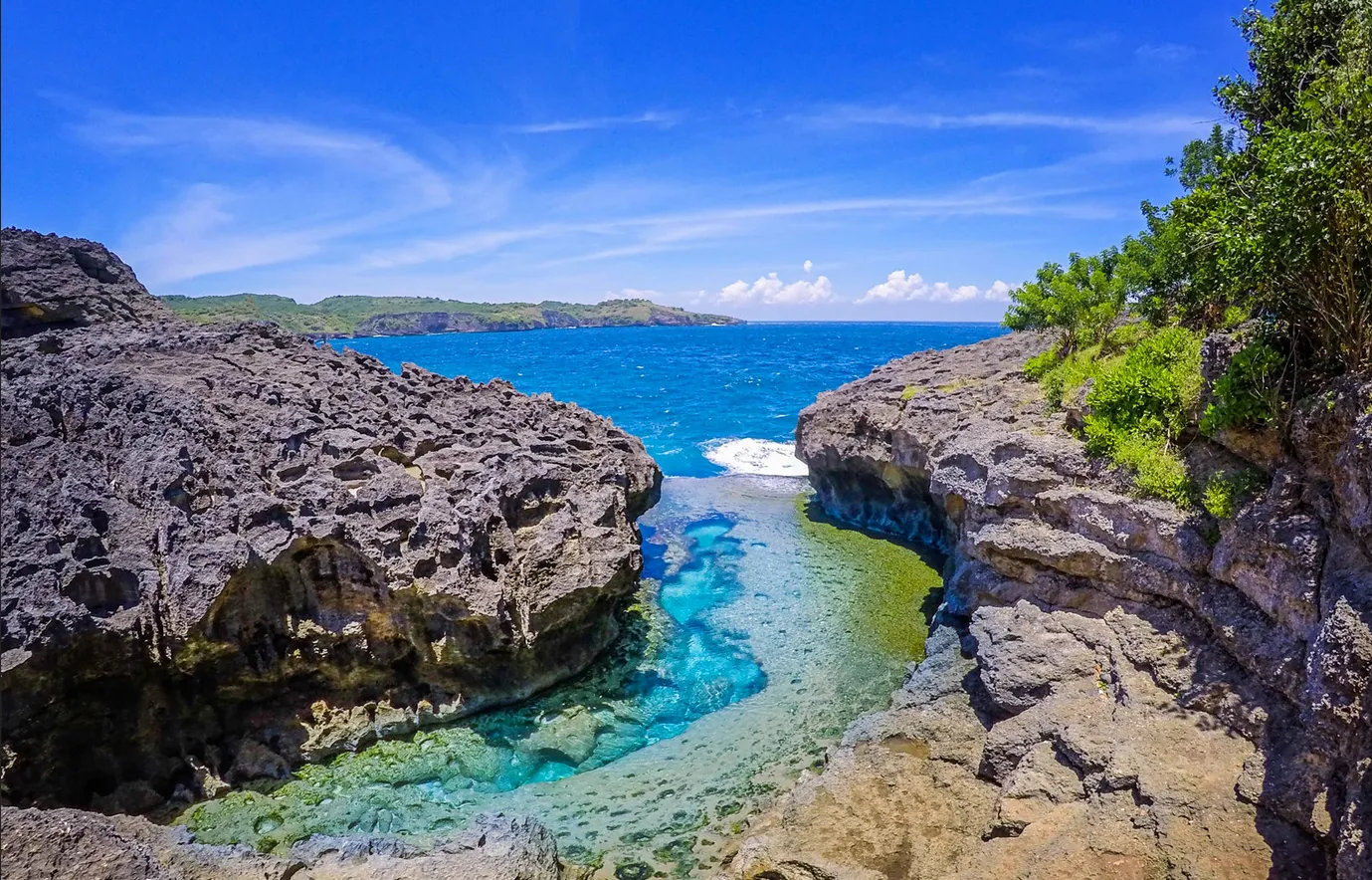
Activities in Nusa Penida
Nusa Penida, with its vast and diverse natural landscape, offers a plethora of activities catering to adventure seekers, nature lovers, and water enthusiasts alike. Here's a more detailed look into some of the prime activities the island has to offer:
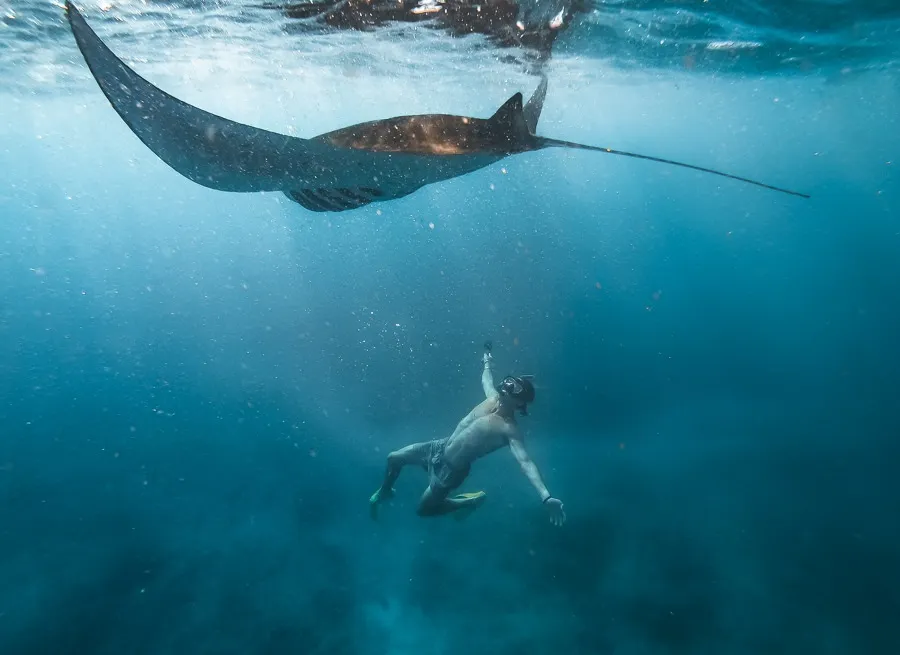
Snorkeling
Nusa Penida boasts clear, turquoise waters that serve as a transparent window into an underwater world teeming with life. These waters are a sanctuary for a myriad of marine species, ranging from playful schools of fish to the more elusive, colorful creatures that dart between corals.
This vibrant marine biodiversity makes the island a premier destination for snorkeling. Whether You're a novice or an expert, the underwater spectacle promises a mesmerizing experience. The calm and clear conditions ensure that snorkelers can easily spot and appreciate the myriad of creatures that call these waters home.

Scuba Diving
For those wanting to delve deeper into Nusa Penida's underwater wonders, scuba diving is the activity of choice. The waters around the island are renowned for their diversity and are particularly famous for sightings of the majestic manta rays. These gentle giants, with their expansive wingspans, can often be observed gracefully gliding through areas like Manta Bay.
Moreover, the island's dive spots, such as Crystal Bay, showcase a plethora of corals, each bursting with color and life. From small, vibrantly-colored fish to larger, more mysterious marine animals, diving in Nusa Penida promises a world of discovery. It's an underwater haven for both beginner and advanced divers, with dive sites varying in depth and topography.

Chase Some Waterfalls
While Nusa Penida's coastal areas receive much attention, its interior is equally compelling. Tucked away from the sun-kissed beaches are hidden waterfalls, cascading with vigor amidst the dense greenery. These waterfalls, often ensconced in verdant jungles, offer a cool, tranquil escape from the island's coastal heat. The journey to these waterfalls often involves treks through picturesque landscapes, allowing travelers to witness the island's terrestrial flora and fauna.
Reaching these secluded spots not only offers the reward of a refreshing dip but also the serenity that comes with being enveloped by nature. The melodious symphony of cascading waters combined with the chirping of birds and rustling of leaves provides an immersive experience in Nusa Penida's lush wilderness.
Recommended Itinerary in Nusa Penida A Detailed Overview
Navigating through the serene landscapes of Nusa Penida can be a once-in-a-lifetime experience. To make the most of this mesmerizing island, following a thought-out itinerary is crucial. Here's a deeper look into a 3-day exploration of Nusa Penida:
Day 1: Coastal Marvels and Sunset Dreams
Kelingking Beach: Start your journey at the iconic Kelingking Beach. This awe-inspiring location is famed for its dramatic cliffside view that uncannily resembles the shape of a T-Rex head. The climb down might be a bit challenging, but the pristine beach and the turquoise waters below are worth every step. Remember to wear comfortable shoes!
Angel's Billabong: After soaking in the wonders of Kelingking Beach, head towards Angel's Billabong, a natural pool created by the island's rock formations. This infinity pool offers a surreal experience, with the ocean's waves crashing nearby. Best visited during low tide, Angel's Billabong promises tranquillity and unique photo opportunities.
Nusa Penida Tree House (Rumah Pohon): Nusa Penida Tree House (Rumah Pohon): As the day draws to a close, make your way to the Nusa Penida Tree House. This quaint accommodation, set high among the trees, provides an unparalleled view of the setting sun against the expansive ocean. Even if you Don't plan to spend the night, visiting this spot for its sunset vista is highly recommended.

Day 2: Marine Adventures and Pristine Shores
Snorkeling/Diving in Manta Bay: Start your second day beneath the waves. Manta Bay is renowned for its clear waters and the majestic manta rays that grace its depths. Whether you choose to snorkel or take a deeper dive with scuba gear, the vibrant marine life of Manta Bay will leave you spellbound.
Diamond Beach: Diamond Beach: After your underwater adventure, unwind at Diamond Beach. With its white sands, azure waters, and unique limestone cliffs, this beach offers relaxation and natural beauty in abundance. The carved stairway on the cliff not only provides access but also panoramic views of the surroundings.
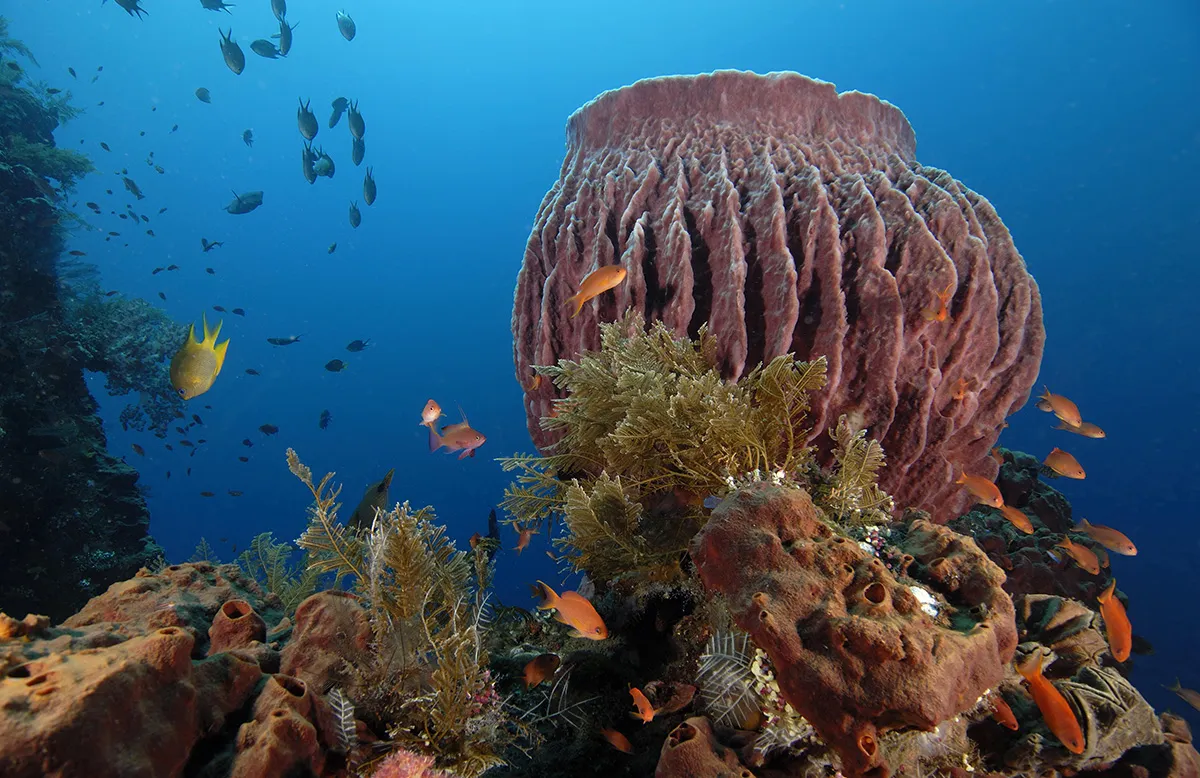
Day 3: Natural Beauty and Cultural Immersion
Waterfalls Exploration: Nusa Penida, apart from its breathtaking coastline, boasts lush interiors replete with cascading waterfalls. Spend your morning chasing these waterfalls, surrounded by dense greenery and the soothing sounds of nature.
Local Villages: In the afternoon, immerse yourself in the island's rich heritage by visiting its local villages. Engage with the warm locals, learn about their traditions, and maybe even partake in their daily activities. This will give you a genuine insight into the heart and soul of Nusa Penida.
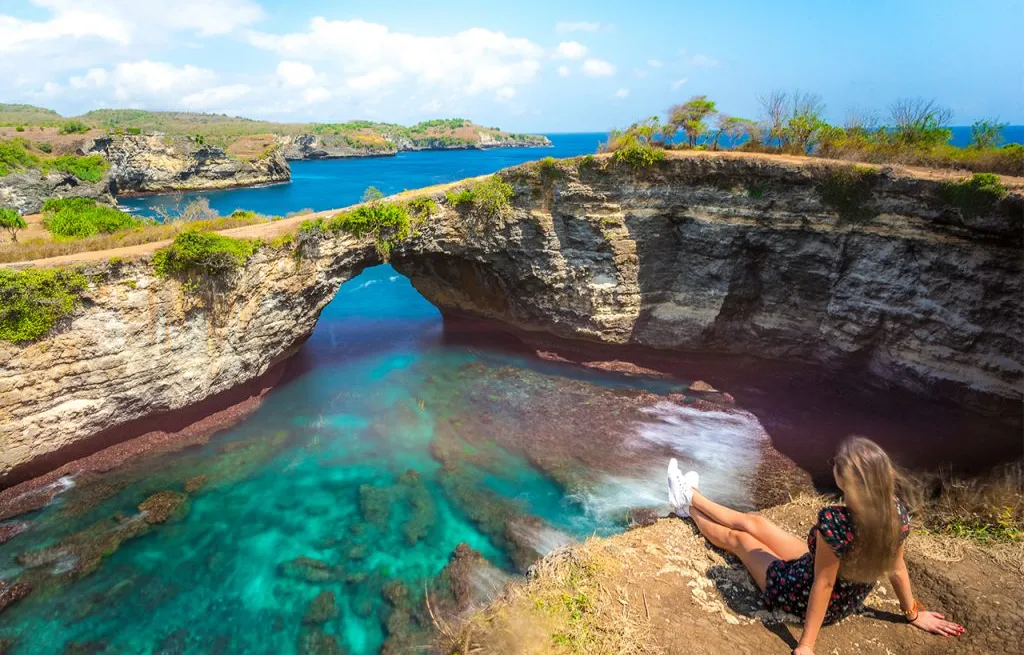
Nusa Penida Isn't just another destination; It's an experience. Its diverse landscapes, from azure beaches to lush interiors, and its rich history make it a must-visit. Whether You're drawn by its natural beauty, cultural depth, or the allure of adventure, Nusa Penida promises to be an unforgettable journey.
Frequently Ask Question
Everything you need to know about the product and billing. Can't find the answer You're looking for? Please chat to our friendly team.
See More FAQsDo I need a visa to visit Nusa Penida?
What are the must-visit spots in Nusa Penida?
Is it safe to travel to Nusa Penida?
Is there a specific time or season best for visiting Nusa Penida?
Can I rent transportation on the island?
What currency is used in Nusa Penida?
Join more than 1,000 monthly guests from all around the world visiting us for Scuba Diving, PADI Courses, Snorkeling, and Freediving.
Email or contact us by WhatsApp. We reply promptly between 9AM and 5PM, every day.